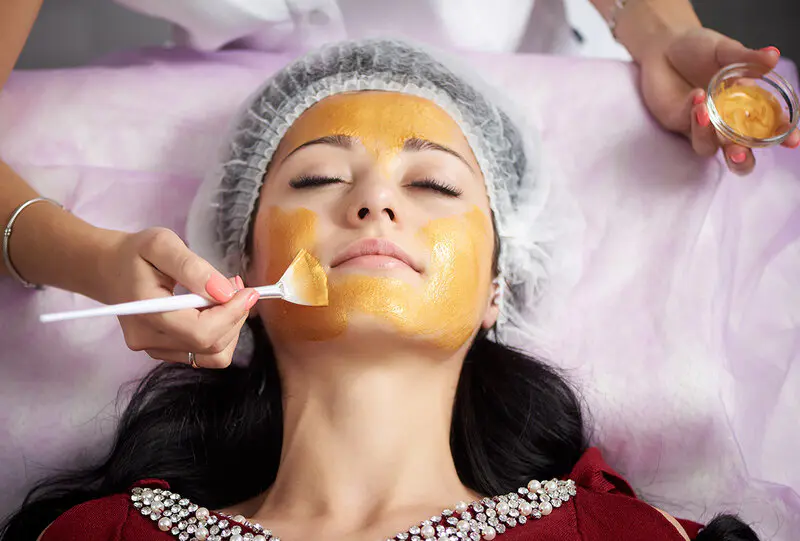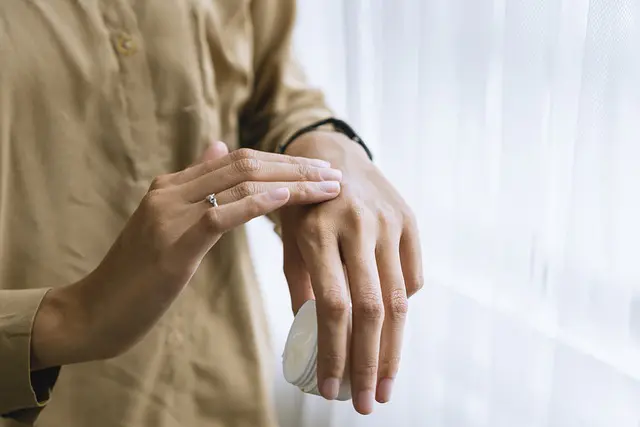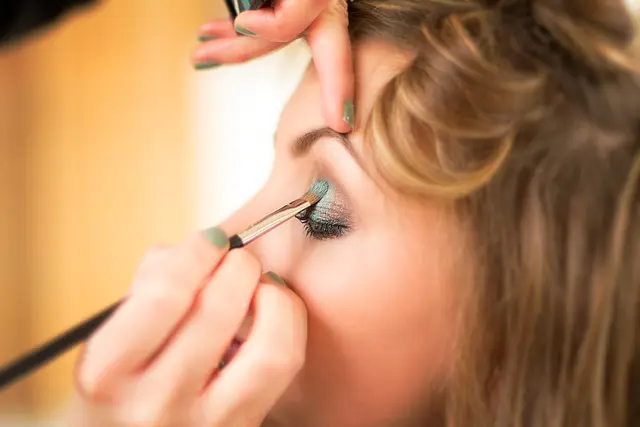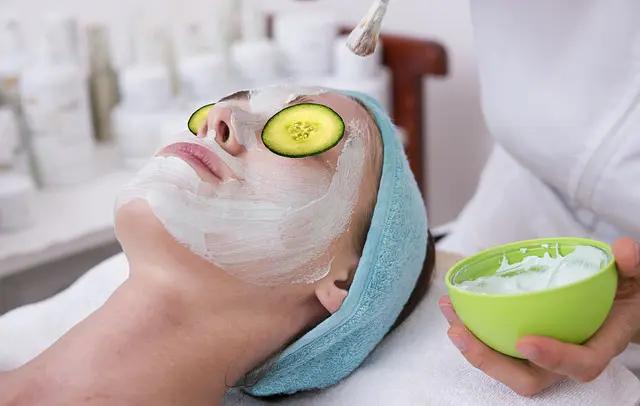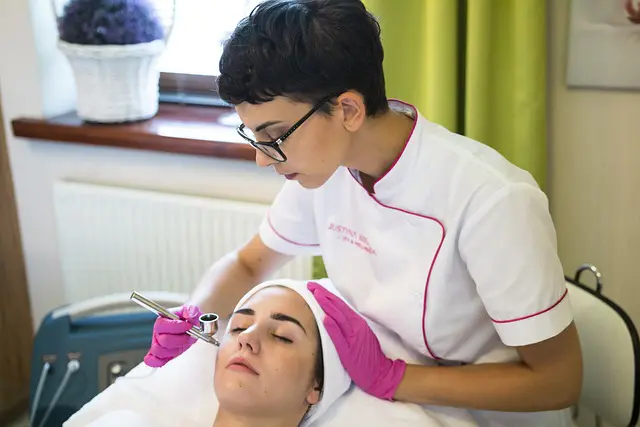Experiencing dry and rough skin on your hands and feet is not just an aesthetic concern; it can lead to discomfort and pain, particularly during the colder seasons or for individuals with naturally dry skin. Identifying effective solutions to maintain the health and appearance of your skin is essential. This detailed guide offers a variety of approaches to address this prevalent issue, from moisturizing your skin to utilizing natural home treatments. By adhering to these strategies, you can achieve softer and smoother skin on your limbs, enhancing both comfort and self-assurance.
Maintain Adequate Hydration
To combat dry, rough skin, it's crucial to maintain sufficient hydration, both internally and topically. Here are some suggestions to help you stay hydrated:
Drink Plenty of Water
Ensure that you consume an ample amount of water each day to hydrate your body. Internal hydration is vital for skin health. Water helps maintain skin flexibility, smoothness, and radiance by supporting its elasticity and natural functions. Adequate hydration can prevent dryness, flaking, and dullness, resulting in a healthier skin tone.
Apply Moisturizers
Regularly applying a high-quality moisturizer to your hands and feet is crucial for skin health. Moisturizers help retain hydration and aid in repairing the skin's protective barrier, creating a layer that prevents moisture loss. This practice can prevent dryness, cracks, and irritation, promoting overall skin health. Make moisturizing a daily habit to keep your hands and feet nourished and supple.
Utilize Humidifiers
Utilizing a humidifier in your home, especially during dry seasons like winter, can help maintain a comfortable and skin-friendly humidity level indoors. Humidifiers release water vapor into the air, which can alleviate dry skin, prevent respiratory issues, and maintain optimal moisture levels. Regular use of a humidifier can improve overall well-being by promoting healthier skin and easier breathing, especially in arid climates or during colder months.
Practice Gentle Exfoliation
Exfoliation is essential for removing dead skin cells and promoting the growth of new, healthy skin. It's vital for achieving smooth and soft skin on your hands and feet.
Soft Loofah or Brush: Gently exfoliate your skin with a soft loofah or brush using circular motions to remove dead skin without causing irritation.
Homemade Scrubs: A mixture of sugar or salt with olive oil can serve as an effective, natural exfoliating scrub.
Chemical Exfoliants: Products containing alpha-hydroxy acids (AHAs) or beta-hydroxy acids (BHAs) can help exfoliate the skin more deeply but gently.
Consistency and Care: Regular exfoliation is important, but overdoing it can lead to skin damage.
Intensive Hydration Treatments
Intensive hydration treatments, such as overnight masks or heavy creams, are crucial for healing dry, cracked skin. These products often contain ingredients like hyaluronic acid, glycerin, and ceramides, which are designed to lock in moisture and promote skin repair while you sleep. Applying these treatments to your feet and hands before bed and covering them with cotton gloves or socks can enhance absorption and effectiveness, leading to smoother, more supple skin.
Incorporating oils like coconut, olive, or almond into your skincare routine can provide an extra hydration boost. These natural oils are rich in vitamins and fatty acids, which are essential for maintaining the skin's barrier and preventing moisture loss. Regular application after showering can significantly improve skin texture and elasticity.
Daily Preventive Measures
To strengthen your daily preventive care routine against dry, cracked skin, consider these habits:
Avoid Hot Water Baths: Extremely hot water can strip the skin of its natural oils, worsening dryness. Opt


